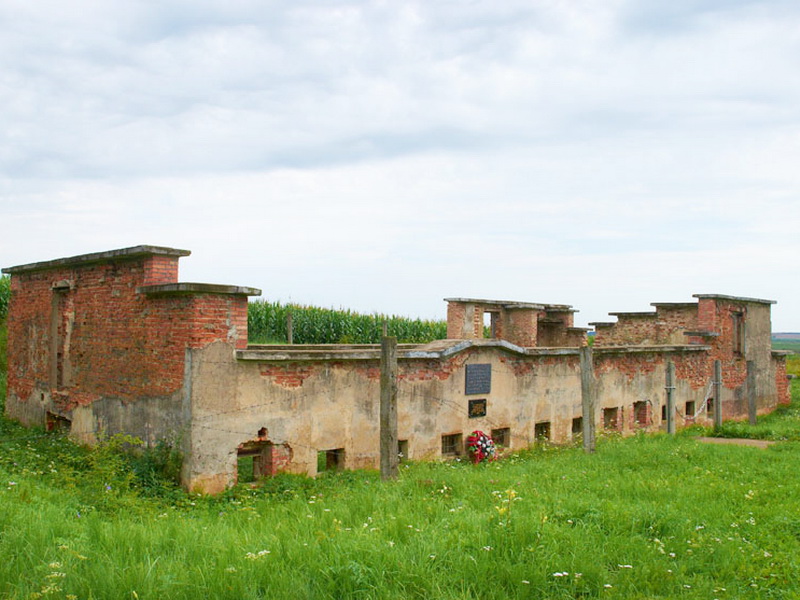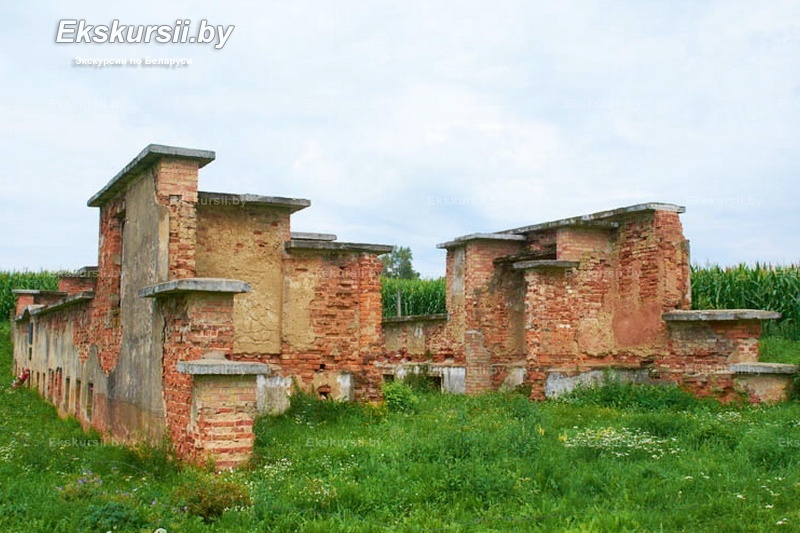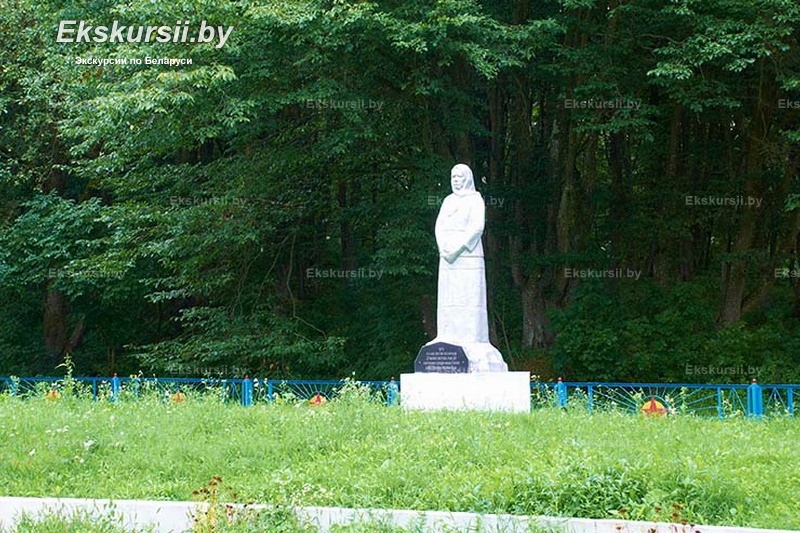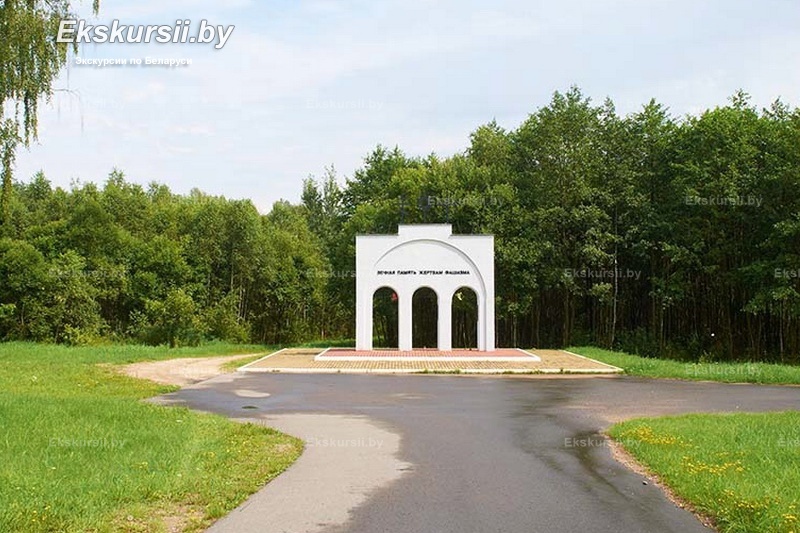History of the Memorial
The death camp in Koldychevo was established by the Nazis in March 1942 and operated until the liberation of the area in July 1944. According to archival records and testimonies of survivors, over 110,000 people passed through its "gates of death," with at least 22,000 murdered directly in the camp. Among them were Jews, Roma, Catholic priests, Orthodox believers, members of the partisan movement, and peaceful villagers — including women, children, and the elderly. Particularly tragic are the cases of 100 Catholic priests poisoned in gas chambers, the shooting of two Roma camps, and the burning of the village of Zastarinie on May 2, 1943, where 382 peaceful residents were killed.
In 1964, a memorial to the victims of fascism was erected at the site of the mass graves, designed by architect Alexander Kurochkin. This marked the first step in commemorating the atrocities committed on this land. In 2007, another important element was added to the complex — a monument to the victims of genocide, featuring religious symbols of the three faiths. The unveiling became an important international event, with representatives of the Union of Architects of Belarus, local authorities, Jewish, Catholic, and Orthodox communities, and relatives of the victims from Israel, the USA, and Poland in attendance. The memorial has since become a symbol of mourning, unity in remembrance, and a warning to future generations.
Excursions with a Visit to the Memorial
The memorial complex in Koldychevo is part of several specialized historical routes and is often a central site of patriotic excursions across Belarus. A particularly popular option is the excursion from Minsk to the memorial, designed for schoolchildren, students, and anyone who wants to gain a deeper understanding of the war and genocide that occurred on Belarusian soil. During such a trip, visitors not only explore the memorial itself and the mass graves but also receive a detailed historical account from a guide — covering the camp's history, the prisoners' fates, the construction of the monument, and the key events that have come to symbolize human suffering and resilience.
It is also possible to organize custom tours — for example, with visits to other memorial sites in the Baranovichi district. These excursions are suitable for individual travelers, corporate groups, educational institutions, international delegations, and representatives of religious communities. You can book a guided tour to the Koldychevo Memorial on our website. This journey will leave a profound impression on anyone seeking to understand history not just from textbooks, but through the lens of those who lived it.




